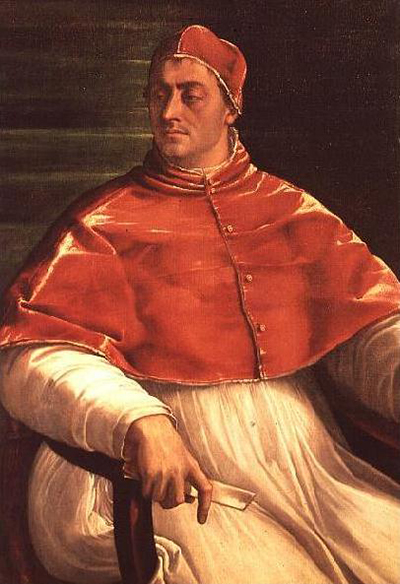The path of Sebastiano's career perfectly explains the style for which his paintings are most famous. This biography outlines his journey to becoming the main artistic figure in Rome.
Sebastiano del Piombo was intially a highly skilled musician before turning his hand to art. He would impress both as a draughtsman and a painter, though very few of his artworks from the former have survived to the present day.
Having been born in Venice in around 1485 and passing away in 1547 in Rome, it was these two cities that were to influence his work enormously. The artistic schools of Venice and Rome has very much their own styles and Sebastiano would successfully merge the two together.
Sebastiano would commence his painting apprenticeship somewhat later than normal due to his musical career but he quickly made up ground thanks to some great natural ability and also the supreme tutoring of Giovanni Bellini and Giorgione. Their influence can be seen within much of his work right across his career. In fact, some of his early work was so similar to that of Giorgione that many initially attributed them to his master, such as Salome from 1510.
The artist's relocation to Rome would then mark the next stage in his career and his artistic development. He initially moved purely for a one-off project, to furnish the interior of Agostino Chigi's villa. He quickly got an invite to join Raphael and his assistants in which he impressed enough to build up some strong connections for the future. It was then that he felt established enough in this state to settle here permanently.
It was at that point, approximately 1515, that the artist switched his attention from Raphael's circle to Michelangelo's. This was a risky manouevre considering how these two masters thought about each other but Sebastiano was sufficiently charming and tactful to be able to jockey between both groups.
Pietà, Flagellation and The Raising of Lazarus were three significant paintings from Sebastiano that were based on Michelangelo's study drawings, supplied especially for his new colleague. Del Piombo was in awe of his technical skills in this medium, particularly when portrating the human body. Michelangelo felt flattered by the interest and also rated his friend highly as an artist and so continued to supply work such as this for many years to come.
Del Piombo was also viewed by his friend as potentially the finest artist in Rome, so long as Michelangelo could help him to improve on his one major flaw, as he saw it, namely his somewhat bland sketch work. In contributing to Sebastiano's success within the city of Rome he would also be firing a shot at his main rival in all of Italy, namely Raphael.
From arriving in Rome up until about 1530 the artist was at his most successful and productive. Portrait paintings provided most of his income and critical praise before he took on the role of keeper of the papal seal in 1531. Pope Clement VII placed him on a good salary that ensured his financial security but also took away some of his time from his career as an artist.




